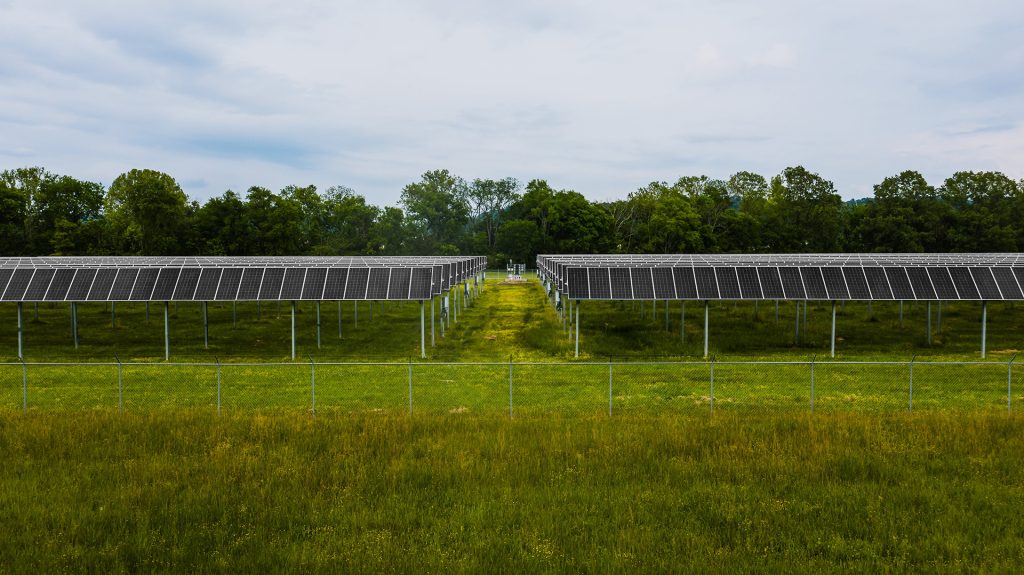
The recent study reflected that switching from corn-based energy to solar agrivoltaic systems could fulfill the entire U.S. electricity demand. This shift addresses energy needs and promotes sustainable practices, utilizing sunlight and agriculture together for a cleaner and more efficient power supply.
It’s becoming more clear that when we plant grasses and flowers around or between solar panels, it helps nearby farms. This information is useful for engineers and land managers, as they can design solar facilities that fit in well with the landscapes, like farmlands, and even make them better.
Furthermore, it’s important to mention that solar agrivoltaic systems can make special environments, making the grass that cows and sheep eat grow a lot – up to 90% more. Also, A study of solar sites managed by Enel showed that the number of insects tripled in five years, and bee populations increased twenty times. These bugs around solar areas also help a lot with making soybeans grow nearby.
However, the good things aren’t just about making more money. When scientists looked at thirty-two solar places in Slovakia, they noticed there were more kinds of birds, and there were more of them. The study suggests that solar areas could be special for birds in the winter because the solar panels give them a safe spot.
As solar power becomes a bigger part of rural and farm areas, it’s becoming clear that these solar agrivoltaic systems installations can be important and helpful parts of the landscape. They’re not just something added on; they’re becoming a useful part of the surroundings. This integration shows that solar power isn’t just about generating electricity; it’s also about fitting in and making things better in the places where it’s set up. This understanding grows as more solar facilities become a regular and positive feature in rural and agricultural landscapes.
